Cladding can give your house a fresh new look and help protect it from the weather.
However, before starting, I wanted to know the actual cost. Turns out, there’s no one-size-fits-all answer.
Prices can vary significantly depending on the material, the size of the house, and the level of work involved.
Some options are budget-friendly, while others may be more expensive but last longer.
I found it helpful to break things down by type, such as vinyl, wood, and fiber cement, and examine the cost per square foot.
Labor and preparation work also play a significant role in the final price. In this guide, I’ll walk you through the basics of house cladding costs.
If you’re planning a home upgrade, this info can help you make smart choices and avoid surprises down the road.
What Is House Cladding?
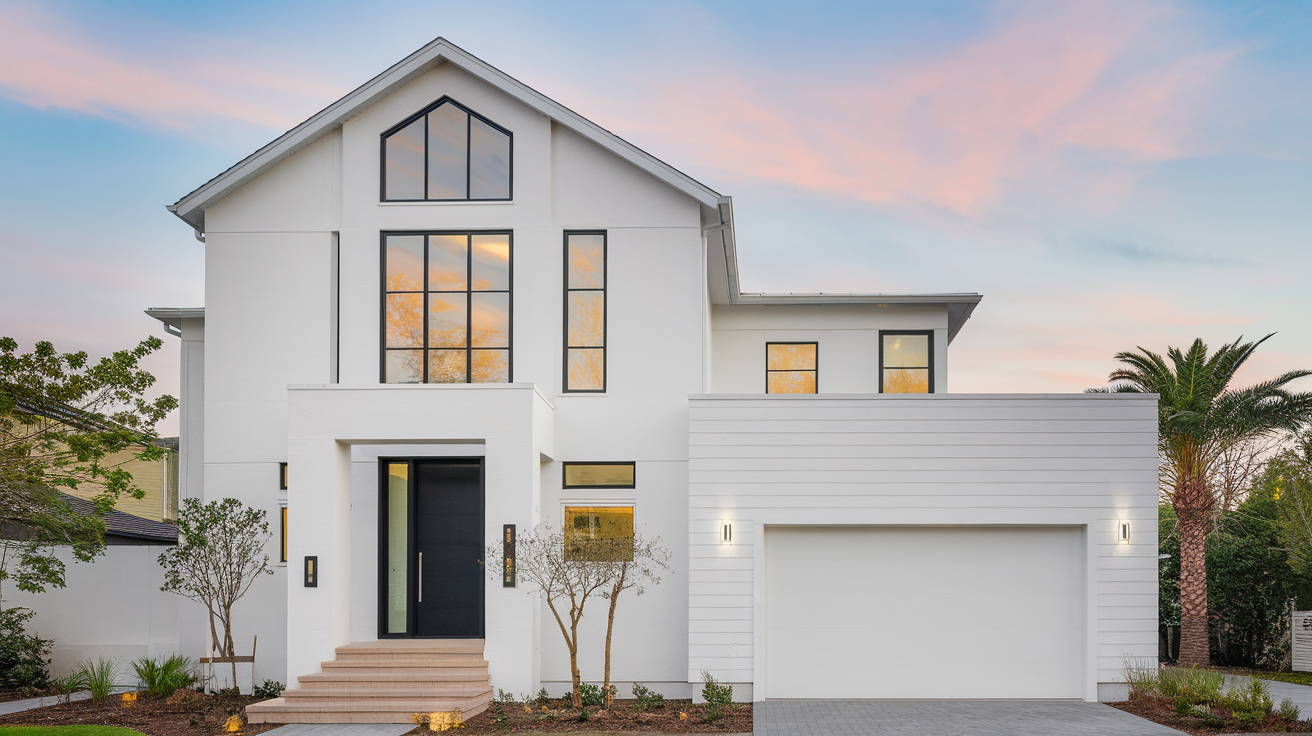
Cladding is a material added to the outside of a house. It can protect the walls from rain, wind, sun, and other weather.
It also makes the home look better. Many homeowners use cladding during remodeling or when building a new home.
Cladding doesn’t hold up the structure. It just covers and protects it.
Some types also help keep the home warm or cool, which can save money on energy bills.
Why Do People Use Cladding?
Cladding does more than change the way a house looks. It offers many helpful benefits that make it a wise choice for both new and older homes. The main reasons people use cladding are:
- Protects the home from the weather: Cladding acts like a shield, blocking out rain, wind, snow, and sunlight.
- Improves the home’s appearance: It can give the outside of your house a fresh, clean, and modern look.
- Adds insulation: Some cladding types help keep heat in during winter and out during summer.
- Reduces maintenance: Many cladding materials are easy to clean and last for years without needing much work.
- Increases home value: A well-clad house often sells faster and may be worth more to buyers.
Cladding is a smart way to protect your home and enhance its appearance, all while saving money over time.
How Much Does House Cladding Cost?
This is the big question. But there isn’t one simple price. The cost can change based on a few things:
- The type of cladding
- The size of the home
- The location
- The labor cost
- Prep work and extra parts needed
Most homeowners pay between $4,000 and $35,000 for full house cladding in the U.S. Let’s break it down.
Average Cladding Cost by Material Type
Different materials have different prices. Some are cheap and easy to install. Others are strong and last a long time, but cost more. The most common types are:
1. Vinyl Cladding
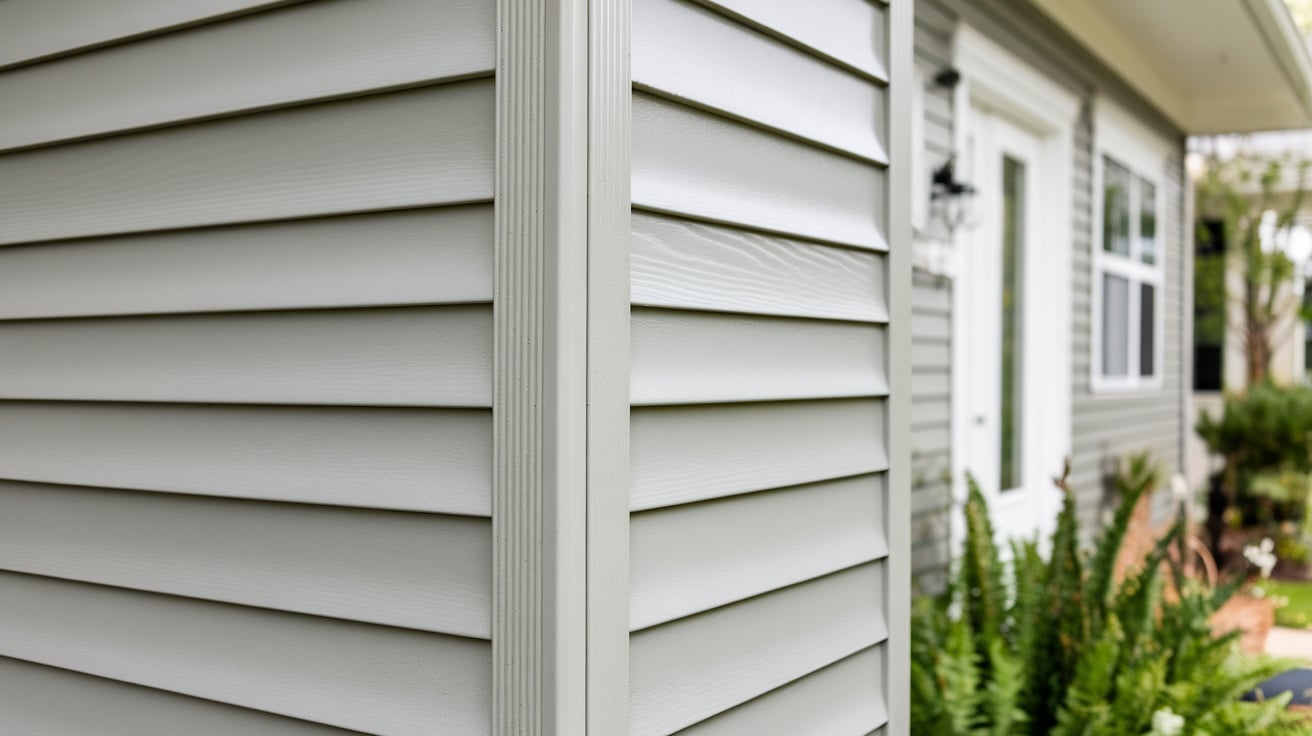
- Cost per square foot: $2 to $7
- Total cost for 1,500 sq. ft.: $4,000 to $10,500
- Lifespan: 20–40 years
Vinyl is one of the cheapest types. It comes in many colors and styles. It’s also easy to clean and needs little care.
2. Wood Cladding
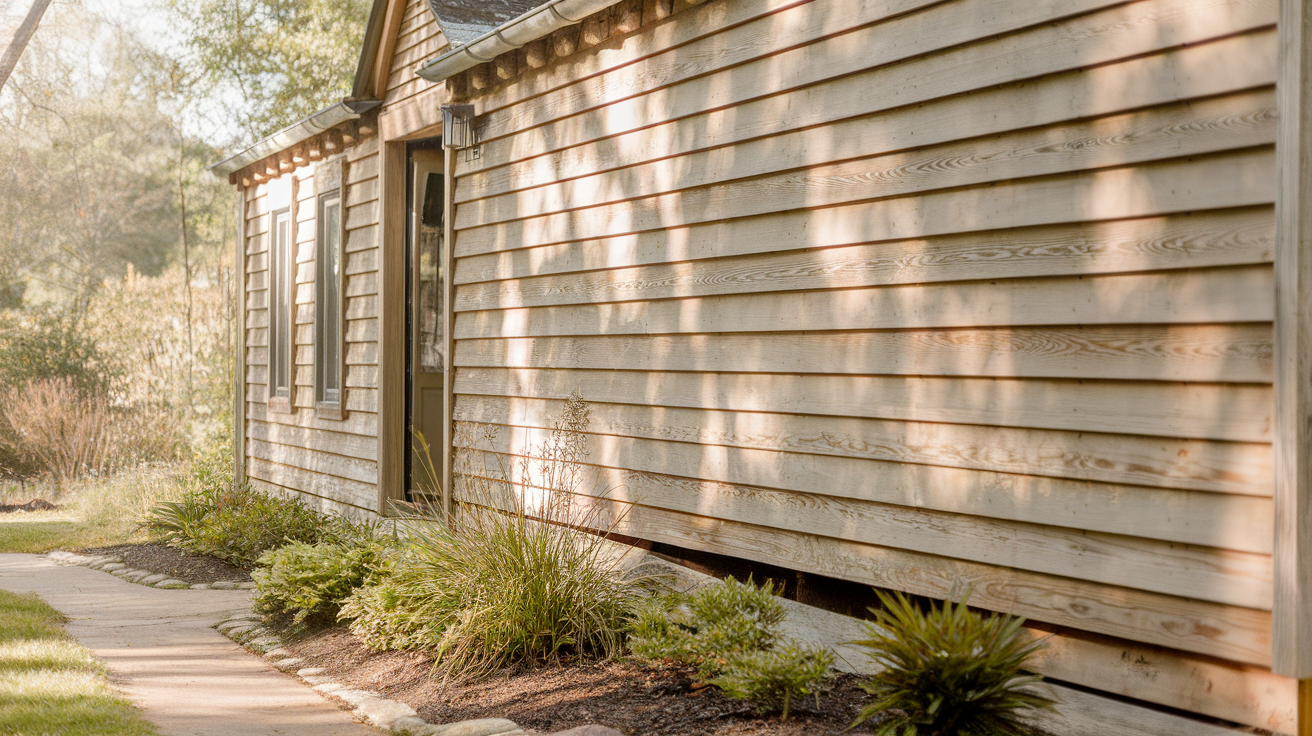
- Cost per square foot: $5 to $14
- Total cost for 1,500 sq. ft.: $7,500 to $21,000
- Lifespan: 20–40 years (with good care)
Wood gives a warm, natural look. But it needs regular painting or staining. It can rot or get damaged if not taken care of.
3. Fiber Cement Cladding

- Cost per square foot: $5 to $12
- Total cost for 1,500 sq. ft.: $7,500 to $18,000
- Lifespan: 30–50 years
Fiber cement looks like wood or stone but is tougher. It resists fire, bugs, and rot. It’s a popular mid-price choice.
4. Metal Cladding (Steel or Aluminum)
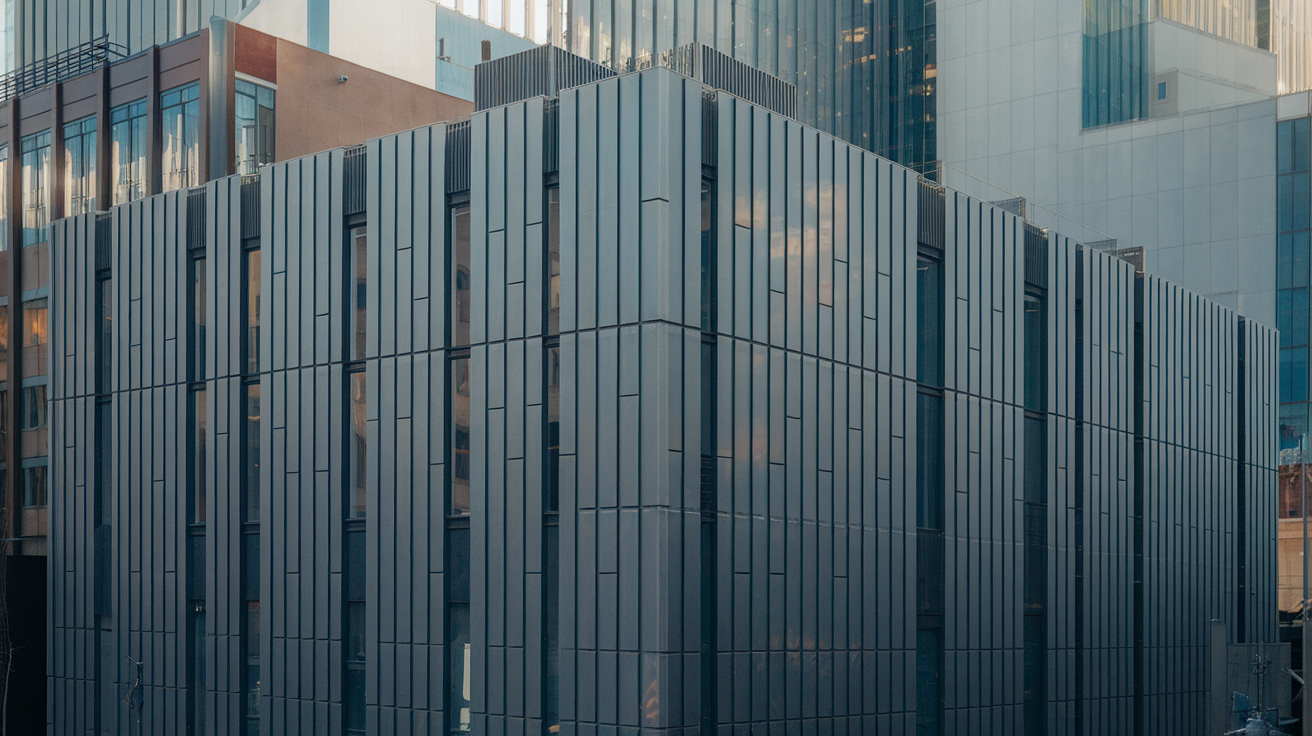
- Cost per square foot: $7 to $15
- Total cost for 1,500 sq. ft.: $10,500 to $22,500
- Lifespan: 30–50 years
Metal cladding is strong and lasts a long time. It’s also fire-resistant. Some types may rust over time if not coated.
5. Brick Veneer
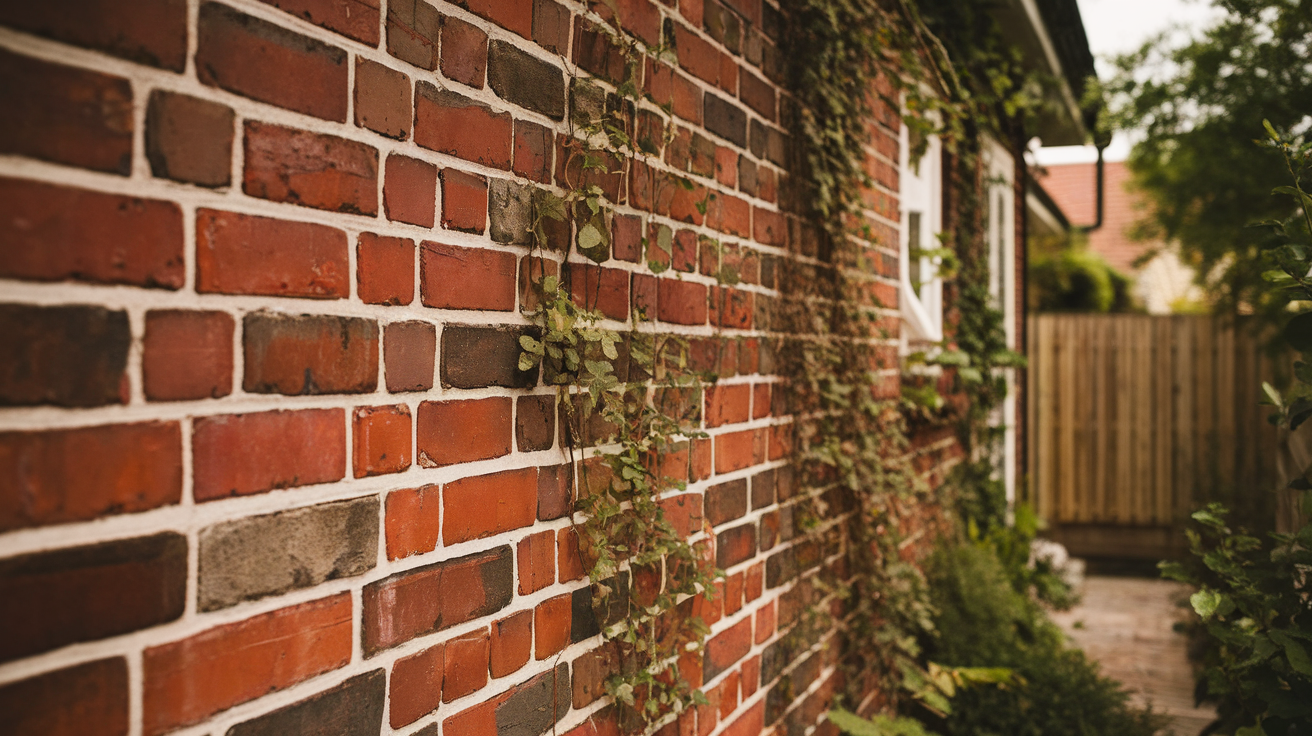
- Cost per square foot: $10 to $30
- Total cost for 1,500 sq. ft.: $15,000 to $45,000
- Lifespan: 50+ years
Brick veneer gives the home a classic, strong look. It’s more expensive and heavier than most other types.
6. Stone Veneer
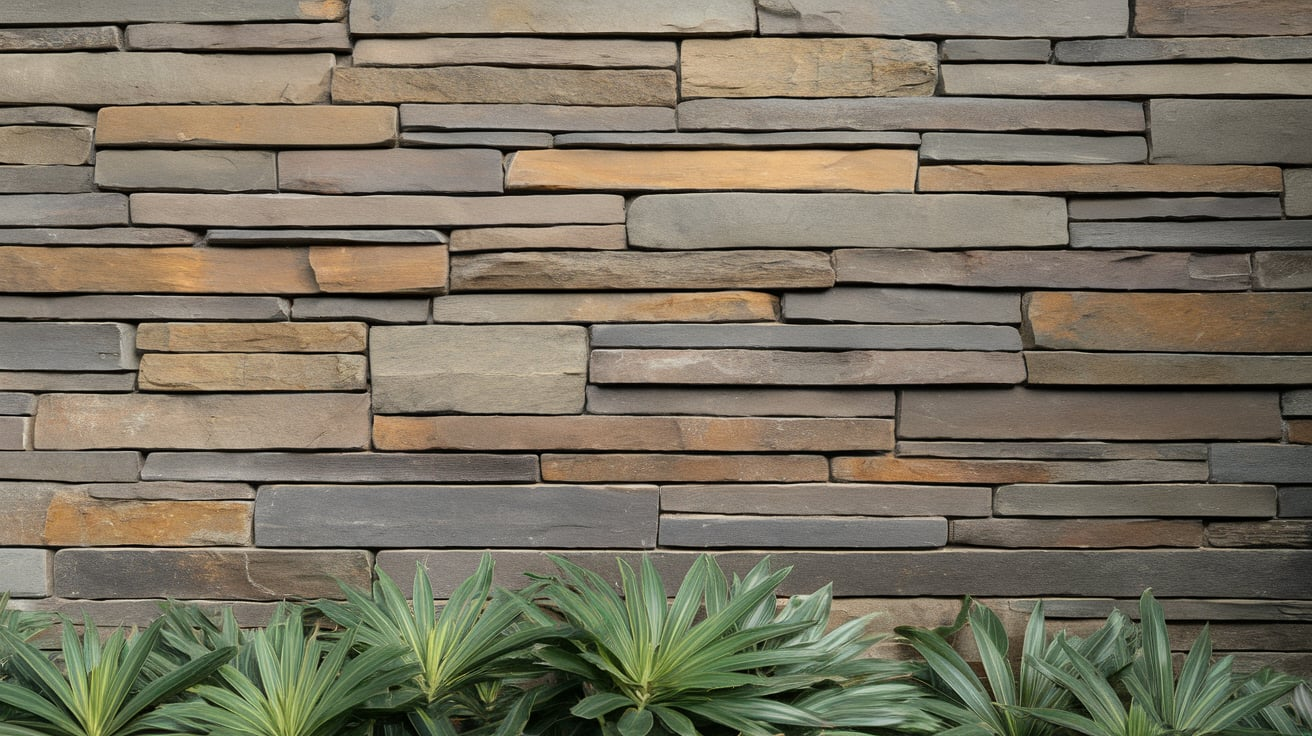
- Cost per square foot: $12 to $35
- Total cost for 1,500 sq. ft.: $18,000 to $52,500
- Lifespan: 50+ years
Stone veneer is fancy and long-lasting. It’s great for adding curb appeal, but is one of the most expensive choices.
Factors That Change the Cost of House Cladding
The price of house cladding doesn’t just depend on the type of material you choose. Many other factors can affect the amount you pay. Some of these are easy to overlook, but they can significantly impact your final bill.
1. Size of the Home
The bigger your home, the more materials and labor are needed. That means higher costs.
A small one-story home will cost a lot less than a large two-story house with more wall space to cover.
Even homes with attached garages or additions will cost more because there’s more area to clad.
2. Shape and Layout of the Walls
If your home has a simple square or rectangular shape, it’s faster and easier to install cladding.
However, if there are numerous corners, windows, doors, or special features such as dormers or chimneys, the job becomes more complex.
These extra details take more time, skill, and sometimes extra materials, so the price goes up.
3. Removing Old Cladding
If your house already has old or damaged cladding, you may need to remove it before installing new material.
Taking off old cladding adds time and labor to the job. In some cases, the wall underneath may require repair, which also incurs additional costs.
Removal alone can add anywhere from $1,000 to $3,000 or more.
4. Type of Insulation or Underlayment Needed
Some cladding requires insulation or waterproof barriers to be added underneath it.
These materials help keep water out and make the home more energy efficient. While they’re useful, they do increase the cost.
For example, adding foam board or house wrap can add $1 to $3 per square foot.
5. Local Labor Costs
Where you live affects how much you’ll pay for labor.
In big cities or high-cost areas, contractors usually charge more. In rural or smaller towns, prices may be lower.
Labor is usually 30% to 50% of the total project cost, so it’s a big part of your budget.
6. Permits and Building Rules
In many places, you need a permit before you can start cladding your house.
Permits cost money and sometimes take time to get.
Local building codes may also require specific materials or safety steps, which can raise the total price.
7. Height of the House
Two-story homes or homes with steep roofs are more challenging and hazardous to work on.
Contractors may need ladders, scaffolding, or safety gear, which can add to the cost. Some charge extra per story or for special access equipment.
8. Time of Year
Believe it or not, the season you choose can change the cost. Contractors are often busier in the spring and summer.
During the colder months, they may offer lower prices to attract more business.
If you’re flexible on timing, you might save money by scheduling in the off-season.
9. Delivery and Material Availability
Some materials are harder to find or take longer to ship.
If you choose a special color, size, or style, you may incur additional delivery costs or experience a longer wait for your project to begin.
Local materials are typically cheaper and more readily available.
10. Custom Features or Trim
Do you want your cladding to include fancy trim, corner details, or design extras?
These can make your home look great, but they come at a higher cost. Every extra feature adds to both labor and material costs.
11. Cleanup and Waste Removal
Once the job is complete, all the old materials, extra pieces, and debris must be removed.
Some companies include cleanup in the price, while others charge an extra fee. Be sure to ask if cleanup is included in your quote.
Cost to Clad a Full House by Size
Below is a rough guide by total house size:
| House Size (sq. ft. of wall) | Low-End Cost | High-End Cost |
|---|---|---|
| 1,000 | $3,000 | $35,000 |
| 1,500 | $4,500 | $52,000 |
| 2,000 | $6,000 | $70,000 |
| 2,500 | $7,500 | $87,000 |
Note: These include labor and material.
House Cladding: DIY vs. Professional Install
When it comes to installing cladding, you have two main choices: do it yourself or hire a professional. Each option has its pros and cons, and the best choice depends on your budget, time, and skill level.
DIY Cladding
If you know how to work with tools and follow safety steps, you might save money doing it yourself. Vinyl is the easiest to install.
But DIY cladding has risks:
- Mistakes can cause leaks or damage
- It takes a lot of time
- You may not get a warranty
Hiring a Pro
Hiring a professional costs more, but it can save you time and stress.
Pros know how to work with all kinds of cladding, such as wood, metal, or fiber cement, and ensure everything is installed correctly. This helps prevent leaks, damage, or heat loss.
They work faster too. A job that might take you weeks could take them just a few days. Most professionals also give you a warranty, so if something goes wrong, they’ll fix it.
If you want a job done quickly and correctly, and don’t feel confident doing it yourself, hiring a pro is a smart choice.
Cladding Maintenance Costs
Each type of cladding has its own care needs:
- Vinyl: Clean with water once a year
- Wood: Paint or stain every 3–5 years
- Fiber Cement: Repaint every 10–15 years
- Metal: Rinse dirt off and check for rust
- Brick and Stone: Check for cracks; clean if needed
If you take care of your cladding, it will last longer and look better.
How to Save Money on Cladding
Want to cut costs? Try these tips:
- Compare materials: Some look the same but cost less
- Get many quotes: Always talk to at least 3 pros
- Clad part of the house: You don’t have to do it all at once
- Pick simple styles: Fancy shapes and trim add cost
- Watch for deals: Some builders offer discounts in winter
Common Mistakes to Avoid
A few things to watch out for:
- Picking a material just because it’s cheap
- Not checking local building codes
- Forgetting about insulation
- Hiring someone without a license
- Not asking for a full quote in writing
Conclusion
Cladding can be a smart way to upgrade your home. It protects your walls and boosts your curb appeal.
But prices can vary a lot. The total cost depends on the type of material, the size of your home, and labor rates in your area.
If you’re on a budget, vinyl or fiber cement are good picks. If you’re after a high-end look and long life, stone or brick veneer might be worth the extra cost.
Before you begin, take the time to plan, compare materials, and consult with trusted professionals.
The more you know upfront, the easier it is to avoid mistakes and surprises.

